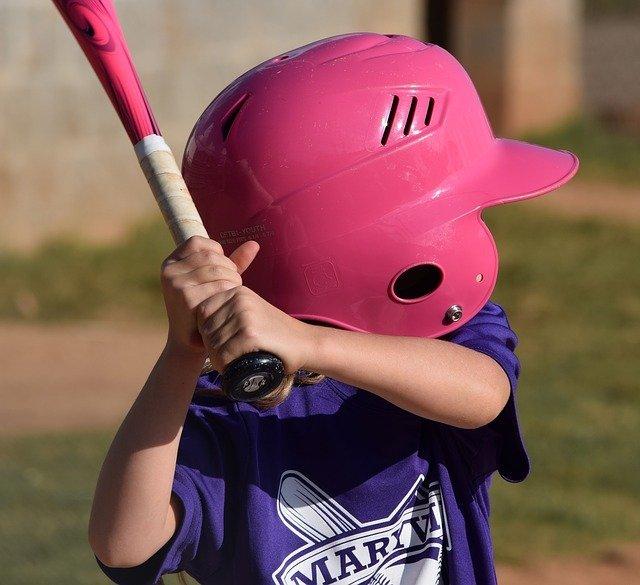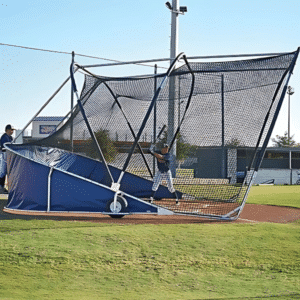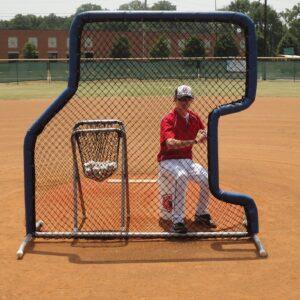How Much Is Enough, How Much Is Too Much?
The past 25 years have seen a dramatic increase in the number of sports programs being offered to young athletes.
In most communities, organized teams and leagues are available for baseball, soccer, football, and basketball, while ice hockey is found in northern climates. Individual sports such as gymnastics, figure skating, swimming, dance, tennis, and martial arts are now also frequently available.
In addition to this broad menu of youth sports, the age range for organized sports has also moved downward. Most programs are now offered at age six, while some communities are offering pre-training as young as four years of age.
The common thread of all these organized sports is systematic and repetitive training: kicking at goal, practicing forehands, breaststrokes, plie, or relieve. Inevitably, if the child progresses in the sport, the amount of training and its complexity increases.
It is widely recognized in coaching circles that talent alone will never ensure excellence in sports at any level without a program of training that not only teaches and refines the skills and techniques particular to each sport, but also the special qualities of strength, flexibility, coordination, and physical power needed to perform without injury.
The general characteristics of any sports Young Athlete training program include
- the duration or volume of training per day
- the intensity or variation in intensity through the training session
- the rate of progression of training per day, or week
- the periodicity of training through the sports season and offseason. The ideal training program progressively refines the skills of the young athlete without setbacks such as injuries or “burnout.”
In recent years, much attention in the allied fields of sports medicine and sports science has been given to the topic of overtraining. This research has been focused primarily on elite adult amateur or professional athletes. Additionally, the discussion around overtraining has prompted a closer examination of related factors, such as recovery strategies and nutrition. In particular, the sports hydration importance for athletes cannot be overstated, as proper hydration plays a critical role in performance and recovery. This holistic approach to athlete well-being underscores the need for comprehensive training programs that encompass both physical conditioning and adequate support measures.
These studies have used various parameters to identify overtraining; decline in performance; psychological parameters such as irritability, depression, or altered sleep patterns; physiological parameters such as alterations in the body’s hormones or immune systems; and finally, the occurrence of overuse injury.
These overuse injuries in sports are the result of some repetitive pattern of mechanical micro-trauma, plus additional physiological or anatomic risk factors. At the present time, these occur with frequencies in most sports that rival acute injuries.
Acute injuries are the result of exposure to a single high-level force, such as a twisted ankle or a fall on the outstretched hand. Overuse injuries in sports, as an example, are shin splints from training on a hard surface or heel pain from repetitive training on a soft field with inadequate shoe wear.
These overuse injuries: stress fractures, tendonitis, bursitis, and fasciitis are seen in the adult. Youngsters also may have these injuries from repetitive training, but with the addition of injuries to the cartilaginous growth plates and joint surfaces that are specific only to the very young.
While addition “risk factors” such as anatomic abnormalities, muscle imbalances, inadequate shoe wear, and excessive hardness of training surface appear to play a role in many of these injuries, the recurrent theme in almost any overuse injury diagnosed is inappropriate changes in the volume, intensity or progression of training.
Dr. Lyle J. Micheli is the Director of Sports Medicine at Boston Children’s Hospital, where he co-founded the nation’s first clinic focused exclusively on the care of young athletes in 1974. Dr. Micheli is one of the world’s leading authorities on sports care. He is a professor of orthopedic surgery at Harvard Medical School, and a past president of the world’s largest and most prestigious association of sports care professionals, the American College of Sports Medicine. This article was originally featured in the National Youth Sports Safety Foundation’s Sidelines publication and was reprinted courtesy of the National High School Baseball Coaches Association’s From The Dugout (January 2002).






